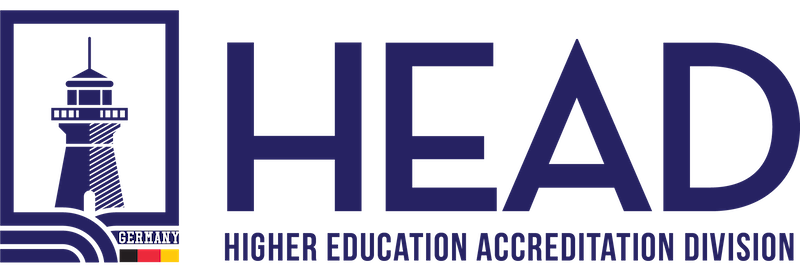Enhancing Educational Management: Demonstrating Compliance in Higher Education

Introduction
In today’s rapidly evolving educational landscape, universities and higher education providers face the critical task of ensuring effective management practices. To meet this challenge, institutions are increasingly adopting Educational Organisations Management Systems (EOMS). These systems help institutions streamline their educational processes and deliver high-quality programs and services. In this article, we explore how universities and higher education providers can demonstrate their fulfillment of EOMS requirements, specifically in relation to determining boundaries, considering products and services, and showcasing their efforts.
Determining Boundaries and Applicability:
The first step in implementing an EOMS is determining its boundaries and applicability. Universities and higher education providers must identify and define the scope of the system, outlining the areas, departments, and processes that fall within its purview. This ensures that the EOMS addresses the specific educational management aspects of the institution.
To demonstrate compliance, institutions can showcase a comprehensive assessment of their educational programs, courses, services, and related activities. This assessment should identify the key processes and activities influenced by the organization’s products and services. By clearly defining the boundaries of the EOMS, universities can highlight their commitment to addressing educational management concerns in a targeted and effective manner.
Considering Products and Services:
Universities and higher education providers must carefully consider the impact of their products and services on educational management. This involves evaluating the full range of offerings, including curriculum development, teaching methodologies, student support services, assessment practices, and compliance with educational regulations and standards.
To demonstrate compliance with this requirement, institutions should document the assessment results, emphasizing the aspects that directly influence educational management. Clear objectives and targets should be established to address these aspects effectively. By showcasing proactive measures to manage educational processes and improve student outcomes, universities can position themselves as leaders in delivering quality education.
Implementing Controls and Procedures:
Once relevant aspects are identified, universities should establish controls, procedures, and practices to manage them effectively. This may include implementing quality assurance processes, curriculum review mechanisms, faculty development programs, student support services, assessment frameworks, and compliance monitoring systems.
To demonstrate compliance, institutions should document the implemented controls and procedures. This documentation should encompass guidelines, policies, and protocols that have been established across the organization. Regular training sessions and evidence of ongoing professional development can further demonstrate the commitment to implementing these measures effectively.
Monitoring, Reviewing, and Continuous Improvement:
Continuous monitoring and review are vital components of an EOMS. Universities and higher education providers should establish a system for collecting data, conducting assessments, and evaluating the effectiveness of their educational management practices. This enables them to track progress, measure performance against established objectives and targets, and identify areas for improvement.
To demonstrate compliance, institutions should document performance data, evaluation results, and any corrective actions taken. Regular internal audits, soliciting feedback from stakeholders, and incorporating best practices into educational management processes signify a commitment to continuous improvement.
Conclusion:
In an increasingly competitive educational landscape, universities and higher education providers must showcase their commitment to effective educational management. By demonstrating compliance with EOMS requirements, institutions can position themselves as leaders in delivering quality education. Determining the boundaries and applicability of the system, considering the impact of products and services, and showcasing efforts through documentation and continuous improvement efforts are essential steps towards achieving excellence in educational management. By embracing these practices, universities and higher education providers reinforce their commitment to delivering a superior educational experience and preparing students for success in a rapidly changing world.
Source: HEAD – Higher Education Accreditation Division
Would you like to speak to one of our Higher Education Accreditation Expert? Just submit your details and we’ll be in touch shortly. You can also email us if you would prefer.

